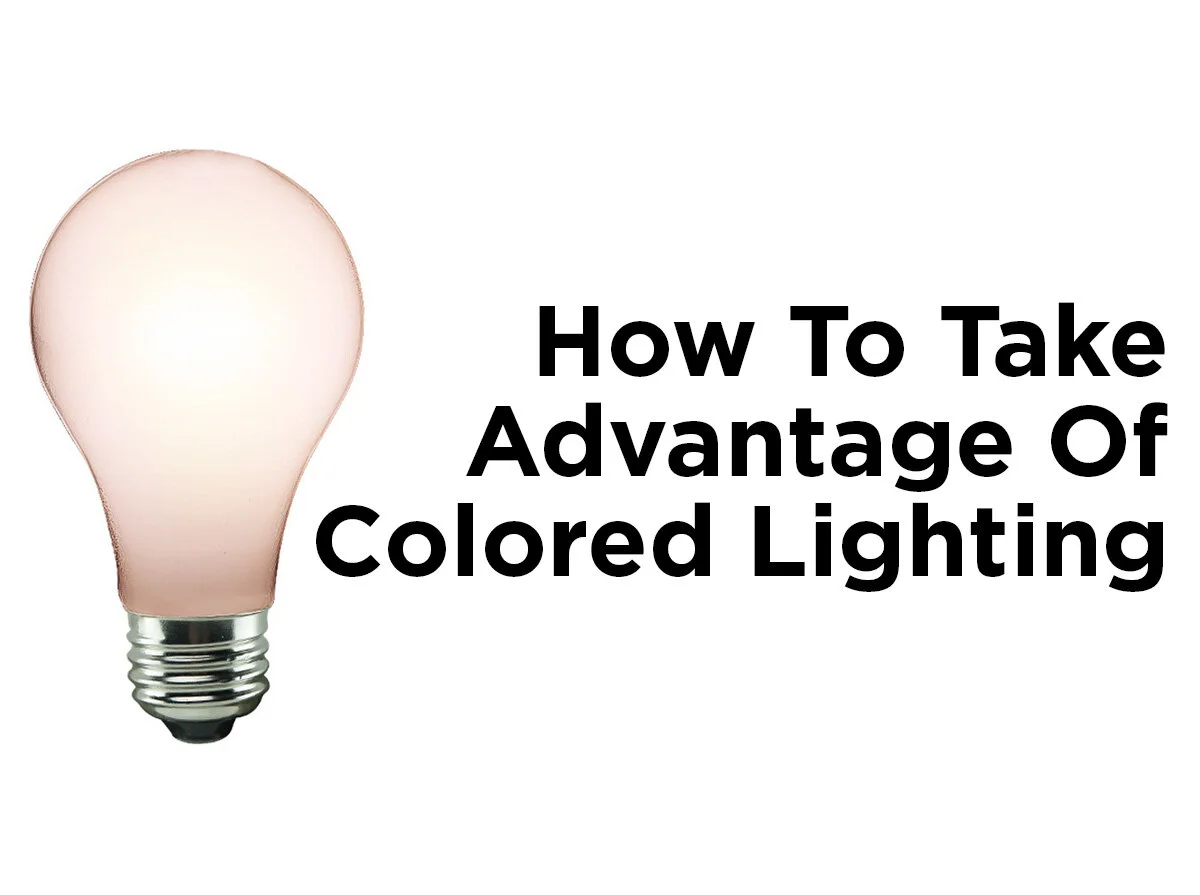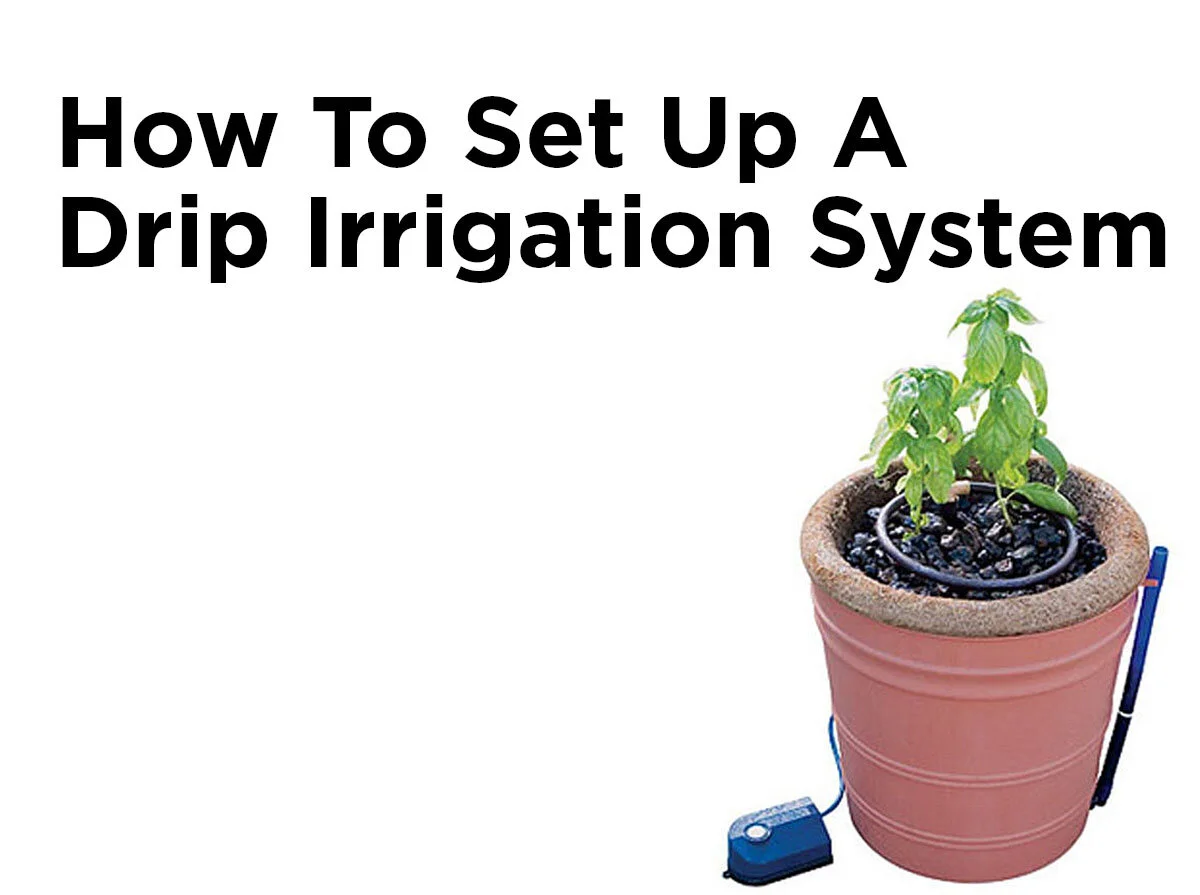How to Set Up Nutrient Film Technique Systems
Drip and DWC systems are good options for beginners, but advanced growers may want a more formalized system for growing crops regularly. For larger scale projects, let’s take a look at the Nutrient Film Technique. NFT systems use a very shallow stream of water and dissolved nutrients flowing over the roots of your plants to feed and water them. The partially exposed roots and constant moving water keeps them oxygenated as well. This shallow stream is little more than a film of water flowing via gravity down to the bottom of the channel, which gives the technique its name.
The Good
Most importantly, this system provides a plant’s roots with water, oxygen, and nutrients easily. In earlier hydroponics systems, adjusting one of these values readily caused an imbalance in another making, nutrition difficult. Plus, the channels in an NFT system do not require a growing medium (which means no cleaning of messy mediums). As an added bonus, the system can work in either horizontal or vertical setups depending on your grow space and the types of plants you wish to grow (obviously, trying to grow vertical stacks of tomatoes would be difficult).
The Bad
As a system that requires a constant flow of nutrients, the number one potential drawback is a power outage. If the pumps stop moving water, plants will begin to starve and the roots will start drying up. This can be mitigated by placing an additional reservoir above the channel and using the pump to keep this reservoir full. If the power cuts out, you have until that reservoir drains to get the power back online. The second thing to consider is that, since NFT is a bare root technique, the plant typically has no support from root growth. Top heavy plants will need some form of artificial support, like a trellis.
The Construction
An NFT system has two major components, the channel and the reservoir. Bear in mind that you’ll want to avoid any contact with heavy metals, so PVC or steel for the channels, cups, and pumps are the best choices. The channel can run up to 40 feet and is tilted by 2 or 3%. Remember that the plants further down the channel will get fewer nutrients so if you must make a run longer than 40 feet you will need to install a second nutrient feed to replenish the missing nutrients. The channel is often made from PVC but can be made from wood with a water-proof plastic lining. A flat-bottomed channel is best since a curved base will cause roots to grow unevenly.
The entire channel needs to be enclosed everywhere except for the ends where water flows in or out. This is to block sunlight from hitting the roots directly (though using a system with a lift cover makes it easier to monitor the roots directly and to find flow blockages. Along the top you can insert netted baskets to set your seedlings into the channel. The baskets should sit above the flow of water, not inside it. This allows the roots to hang from the basket so the ends are sitting in the channel water while still leaving them partly expose to air. Beneath the channel is your nutrient reservoir with a submerged water pump. This pump pushes water to the top of the channel slope and lets gravity carry the flow back down the length of the channel before returning to the reservoir. The target here is to get roughly 0.3 to 0.5 gallons per minute (18-30 gallons per hour GPH) flowing down the channel. Remember that the flow rate of pump changes depending on how high it has to pump the water.
Once the reservoir and pump start moving water and your seedlings are in place, the system is done. It’s advisable to drain the system, clean the reservoir, and refill with fresh water and nutrients every 7 to 10 days. A larger reservoir can go longer between flushing, but you should always try to closely monitor the pH of the nutrient mix to make sure it’s at a value somewhere between 6 and 6.5.
NFT systems are easily scalable for multiple crop types and numbers, and are a great way to grow lots of leafy vegetables. NFT Systems can seem complicated at first, but they run constantly so you won’t need a timer or complicated monitoring system, which simplifies them a little. You should definitely give this one a try. Tell us about it if you do as we’d love to see what you can put together. If you have any other questions about setting up an NFT system, or have your own advice you’d like to share, comment below or drop us a line through Facebook, Twitter, LinkedIn, or Pinterest!







